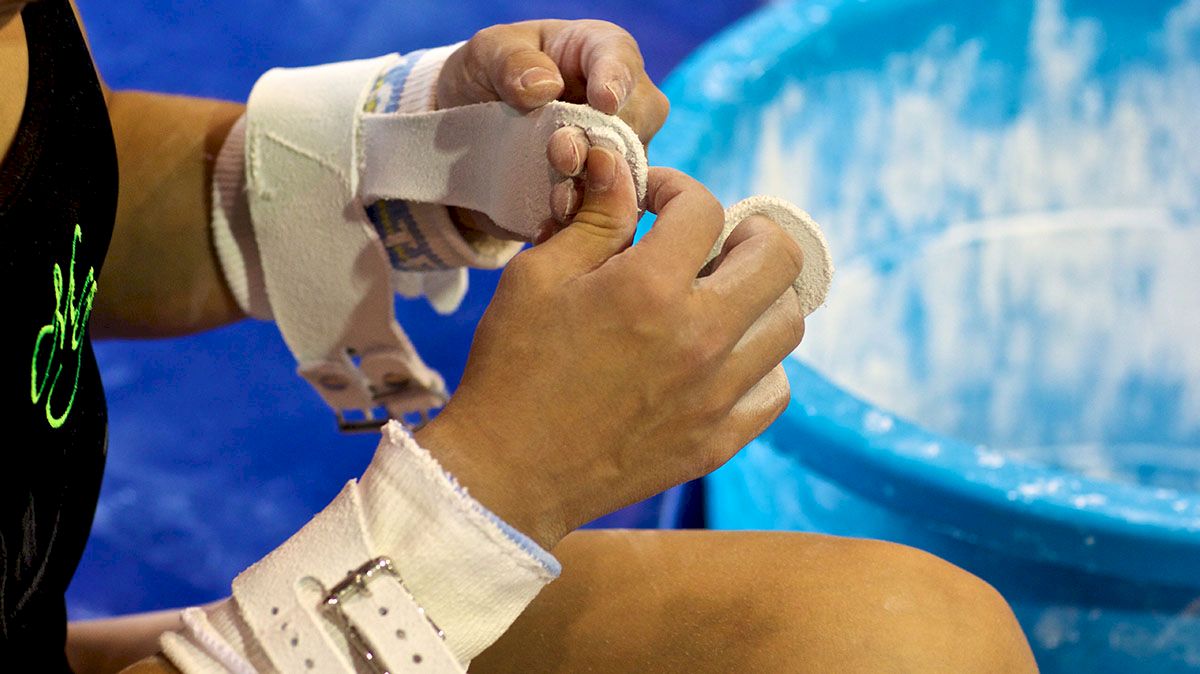Vaulting Into Risk
Vaulting Into Risk
Vaulting Into Risk

Gymnastics is about innovation and evolution. Not only has the Code of Points changed, but the equipment has changed dramatically. But none has changed more than vault.
For more than a century, the vaulting horse was used for the event. Set up perpendicularly to the runway for women and parallel for men, it was the riskiest apparatus for precision, even more so than the balance beam or pommel horse. Just one second off in timing, just one hand out of place and the results spelled disaster with a capital “D”.
It is truly astounding the amount of serious and even fatal results from such errors.
On May 5, 1988 during the warm-up period for the vault event final at a World Cup event in Tokyo, American gymnast Julissa Gomez was attempting a Yurchenko vault. One of her feet missed the springboard. Her head crashed into the horse at full speed, paralyzing her from the neck down on impact. She passed away three years later from complications due to being paralyzed. The horse itself did not cause the injury. it was an error with the springboard. However, Gomez’s injury could have been far less serious if the design of the horse had been different.
A decade later, Sang Lan of China, was paralyzed from the mid-chest down after her warm-up vault at the 1998 Goodwill Games. However, her injury was not fatal.
Two years later, at the 2000 Sydney Olympics, the biggest mistake in Olympic gymnastics’ history was made. The officials responsible for setting up the vaulting horse and making sure it was set to the right measurements for the apparatus somehow managed to miss measure. Since the women’s horse was set about two inches higher than the men’s horse, after the men’s all around, the horse needed to be raised. However, this never happened, resulting in many missed vaults and some injuries during the first two rotations of the women’s all around. It wasn’t until warm-ups for the third rotation that the vault was raised to the right height after Australian gymnast Allana Slater said the horse didn’t feel right, even though gymnasts from other countries had stated this prior to the third rotation.
After the events at the 2000 Olympics, the FIG decided to completely redesign the vaulting horse and made it a vaulting table. This gives the gymnasts a wider surface area to put their hands on and makes it much easier to spot for blind entry vaults such as Yurchenkos. The NCAA has also adapted the vaulting table.
There is no doubt that the vaulting table is much safer. However, there has been on post change accident with the table.
In 2007, while training a Yurchenko vault, Imke Glas, a Dutch gymnast, missed her hands on the table and landed on her head, severely injuring her back. After extensive surgery, doctors said she would never walk again.
Gymnasts take the risk of injury every time they step onto the competition floor. The fears of such dramatic consequences weigh on gymnasts, their coaches and family every day. But with the risk comes the possibility for greatness. And weighing the cost and benefits of the sport is never easy. Letting go and flying through the air is blind faith. Anything can happen. And with the sport’s difficulty being pushed to be greater year after year, the risks also become greater.
This is a clip of the 2000 Olympics during the women's all around from the third rotation rotation.The raising of the horse is at 7:09.